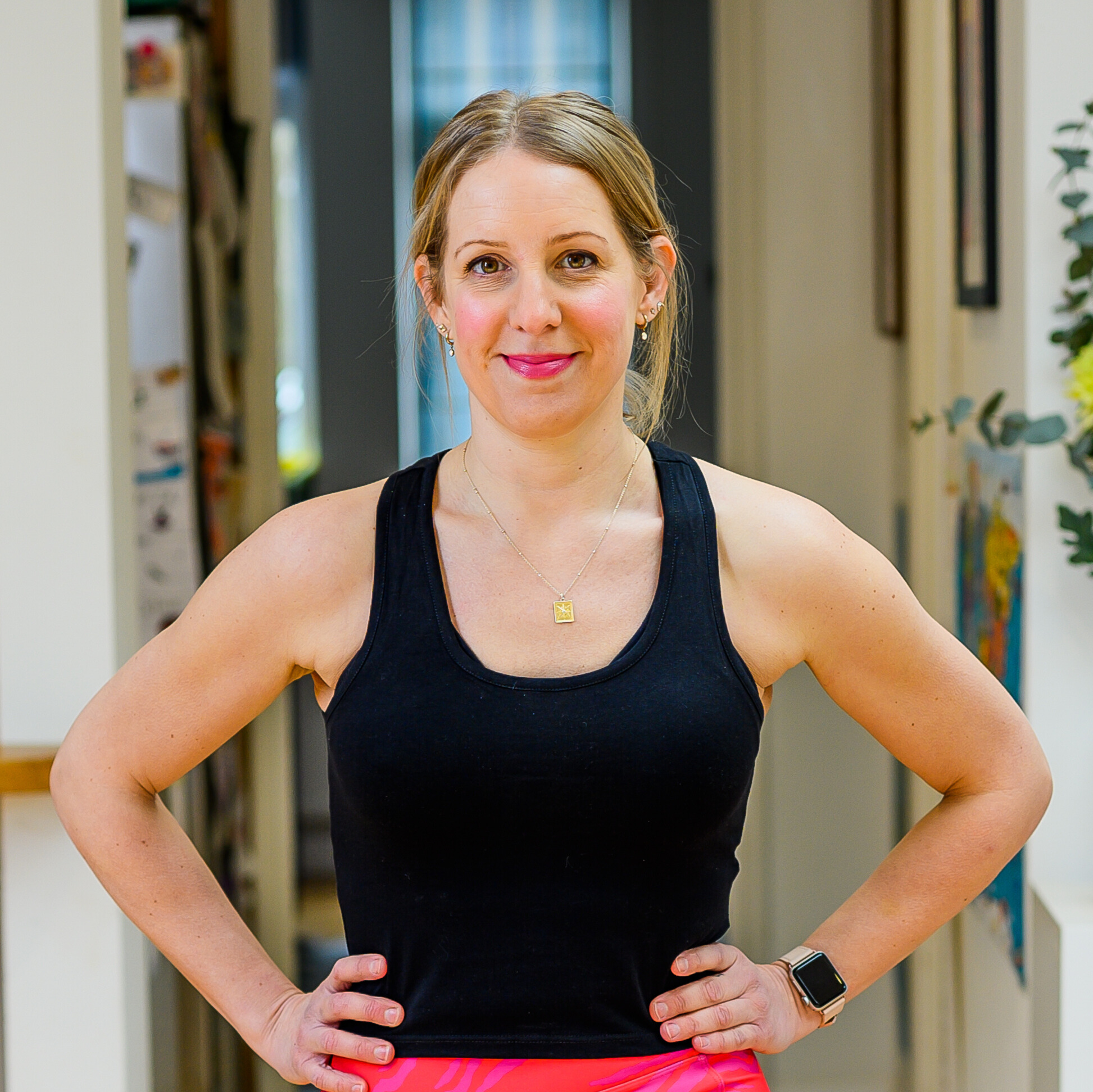This standing abs workout is better than crunches because it “trains your core the way it’s meant to work”
You need more than crunches to get a stronger core


If there’s one question I’m always asked by my personal training clients, it’s what are the best core exercises to build strength and stability. And while sit-ups might come to mind, I believe in training the core while standing because it forces the abs and the other midsection muscles to engage to keep you stable.
Certified fitness trainer Roxanne Russell agrees. “Standing abs exercises can be more functional than crunches because they mimic the way we actually move in everyday life, by using our core to stabilize us while we’re upright,” she tells Fit&Well.
“They can also be easier on the neck and lower back when than regular crunches, making them more accessible for a lot of people,” but that doesn’t mean Russell is against crunches. “Both types of ab work should be in your weekly or monthly program.”
To start adding standing abs exercises to your routine, get your hands on a kettlebell (or a dumbbell), make sure you know how to engage your core, then try Russell’s five favorite moves.
A post shared by Roxanne Russell (@workoutwithroxanne)
A photo posted by on
You can pick and choose which exercises to add to your workouts, or string them together into a dedicated core circuit. Try three rounds in total, aiming for 8-10 reps of each exercise with 10-15 seconds rest between moves, but make sure you adjust it to suit your ability.
Benefits of standing core exercises
“Our core’s main job is to keep us balanced and stable, especially when we’re moving our arms and legs,” says Russell.
“Standing core exercises use the muscles responsible for that stability. The deep core muscles like the transverse abdominis and obliques are engaged like they’re meant to work in our day-to-day lives.”
Start your week with achievable workout ideas, health tips and wellbeing advice in your inbox.
That makes standing core workouts brilliant for your balance, coordination and posture.
Russell also says that you can do these moves seated or kneeling, which is “a great option for beginners, those with mobility challenges, or anyone who wants to reduce the balance challenge. You will still engage your core effectively—I personally love the kneeling halo variation.”
Maddy Biddulph is a journalist specializing in fitness, health and wellbeing content, with 26 years in consumer media working as a writer and editor for some of the bestselling newspapers, magazines and websites in the US and UK, including Marie Claire, The Sunday Times and Women’s Health UK.
She is a CIMPSA-certified PT and works one-on-one with clients, as well as running Circuits Club classes which mixes cardio and strength training and chair-based exercise classes for seniors.
You must confirm your public display name before commenting
Please logout and then login again, you will then be prompted to enter your display name.
